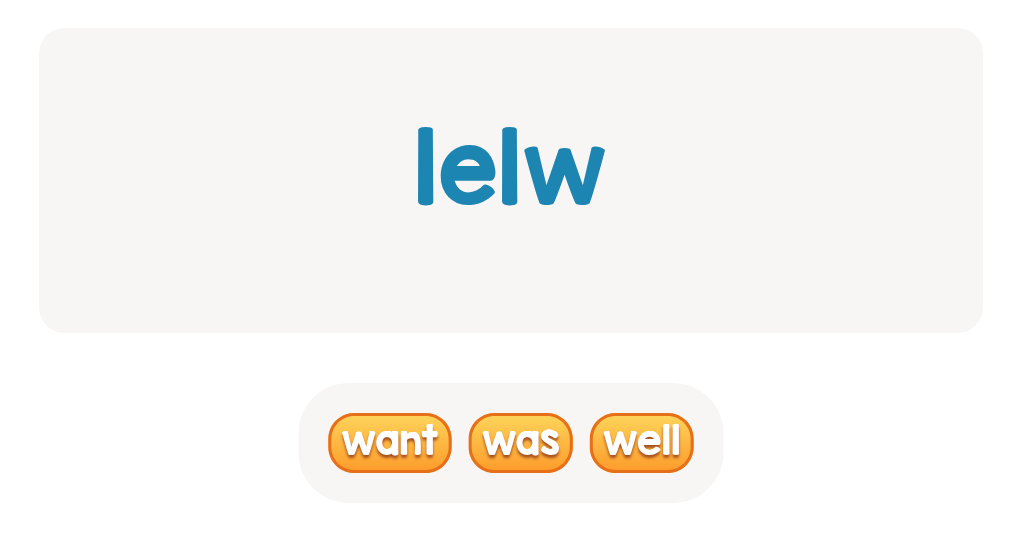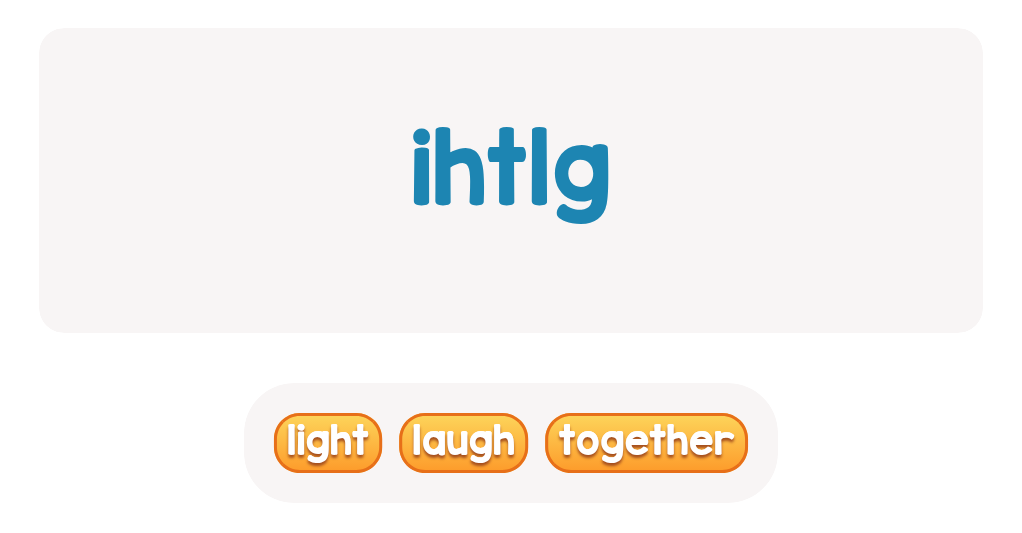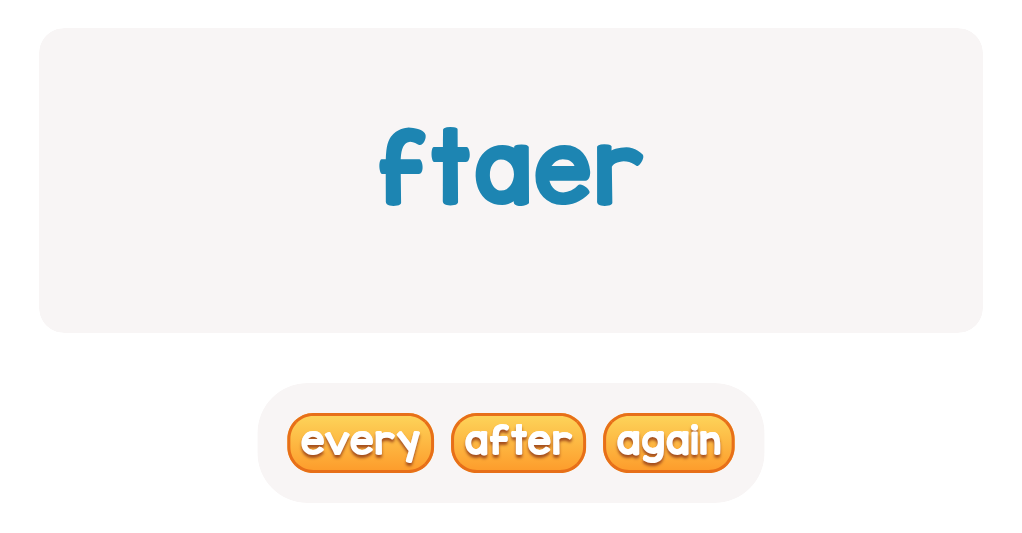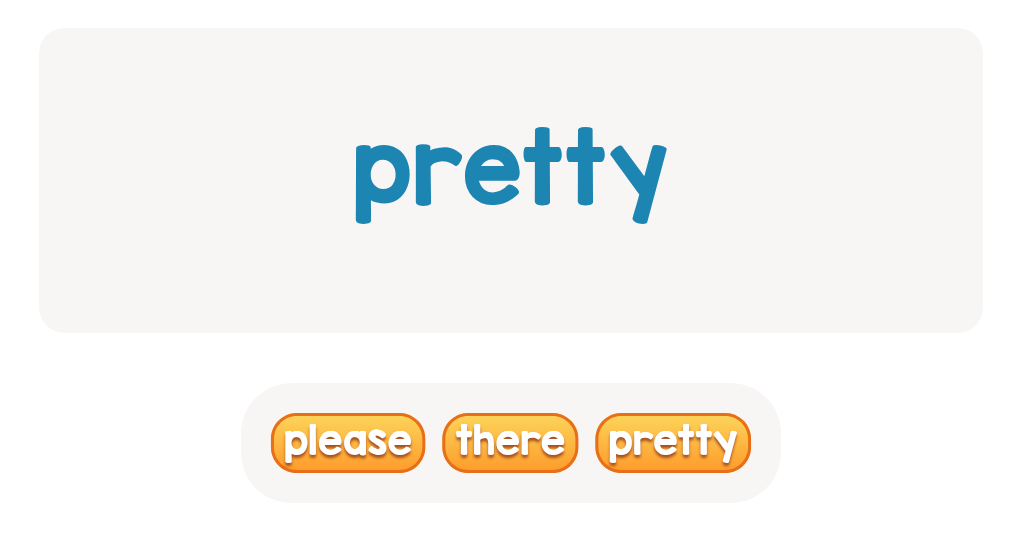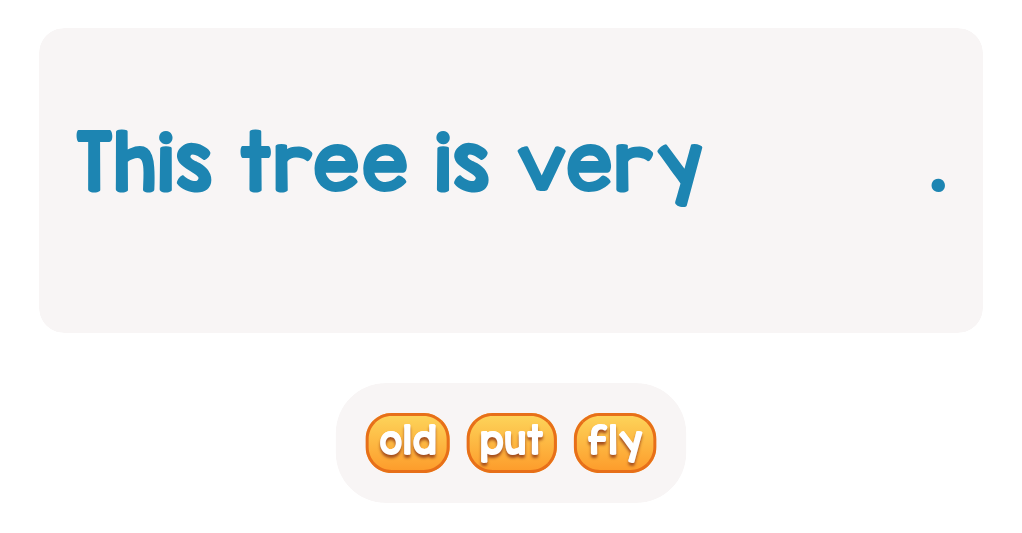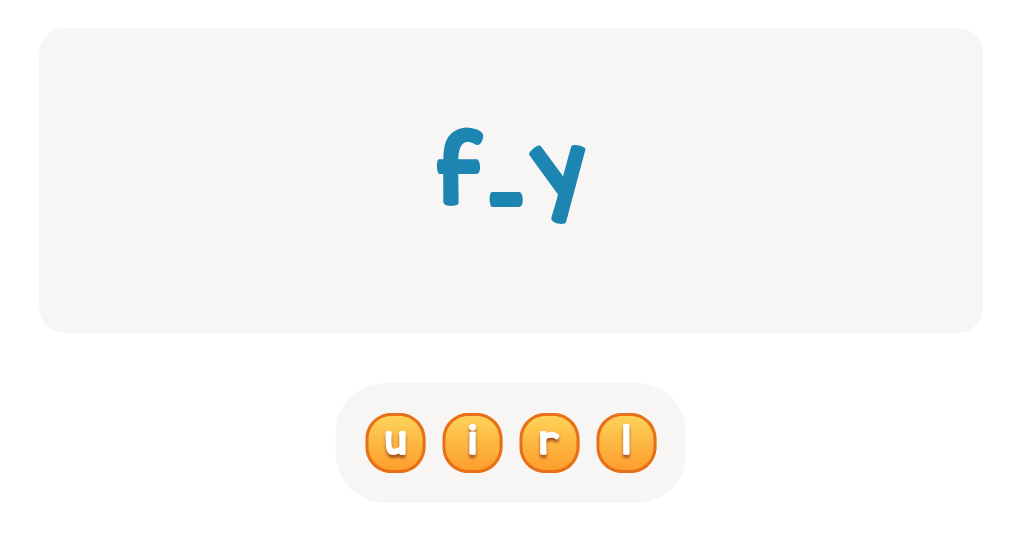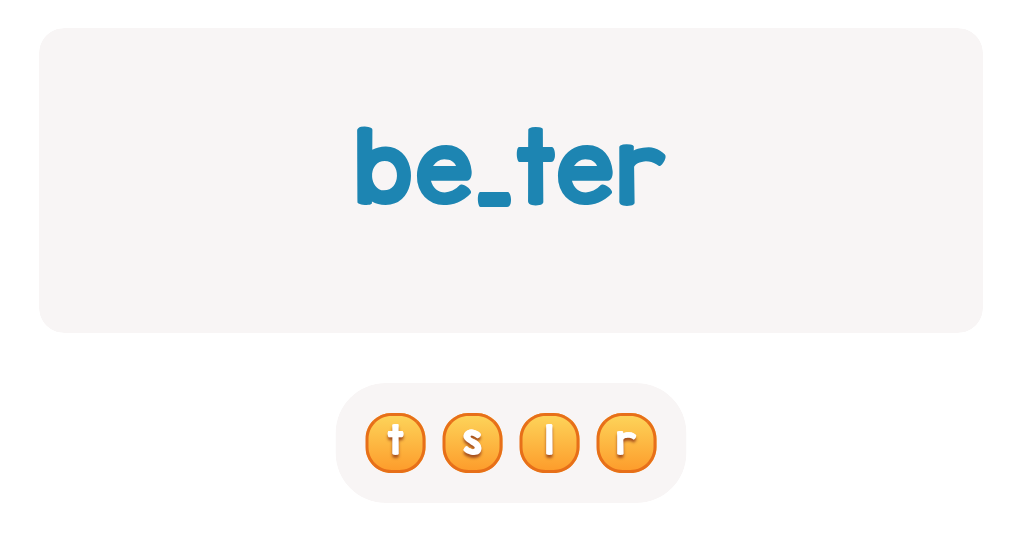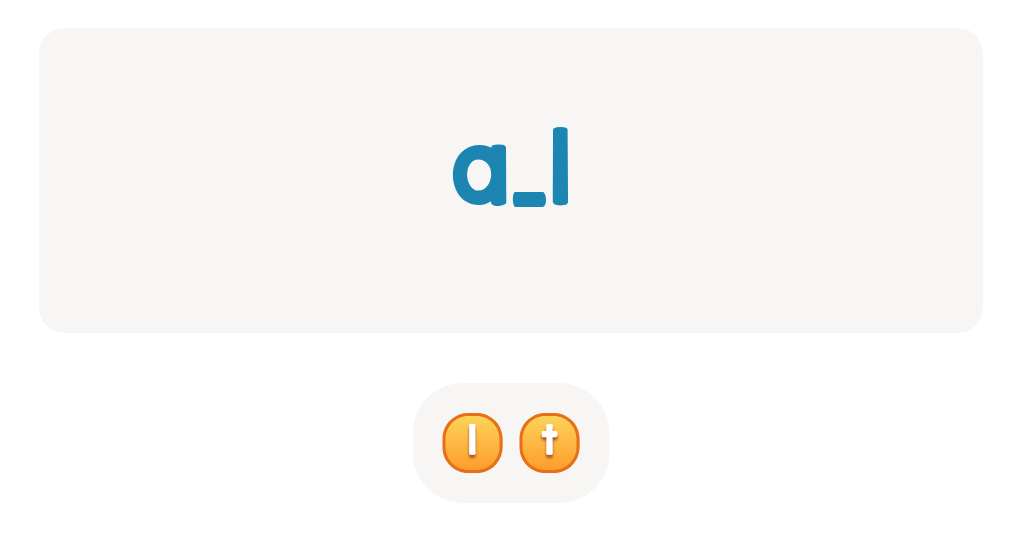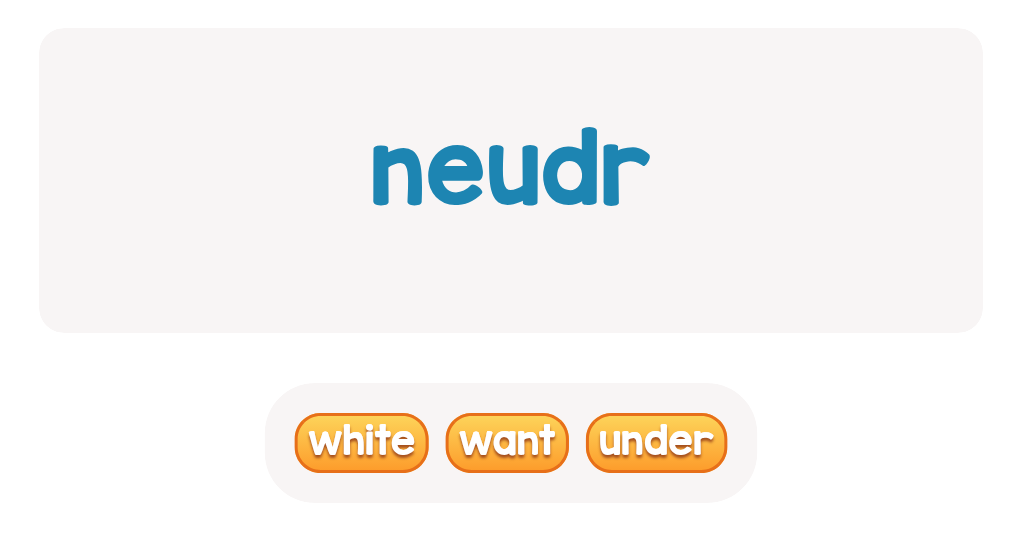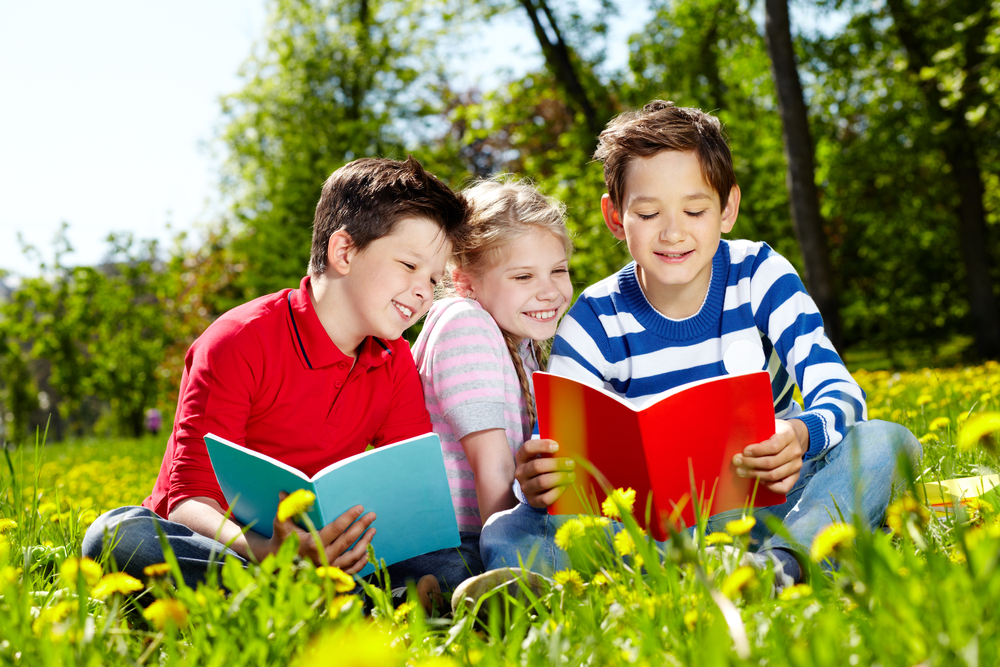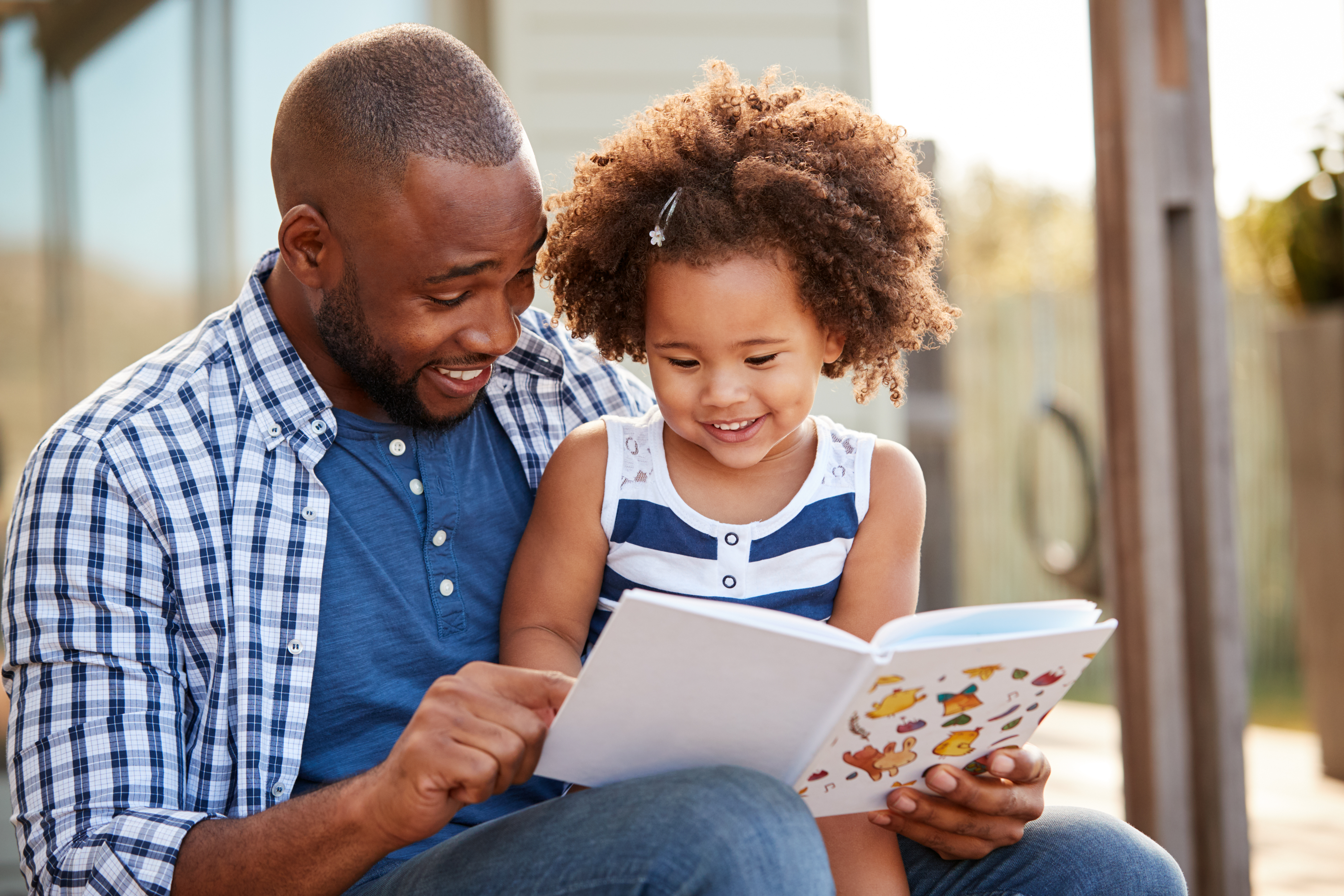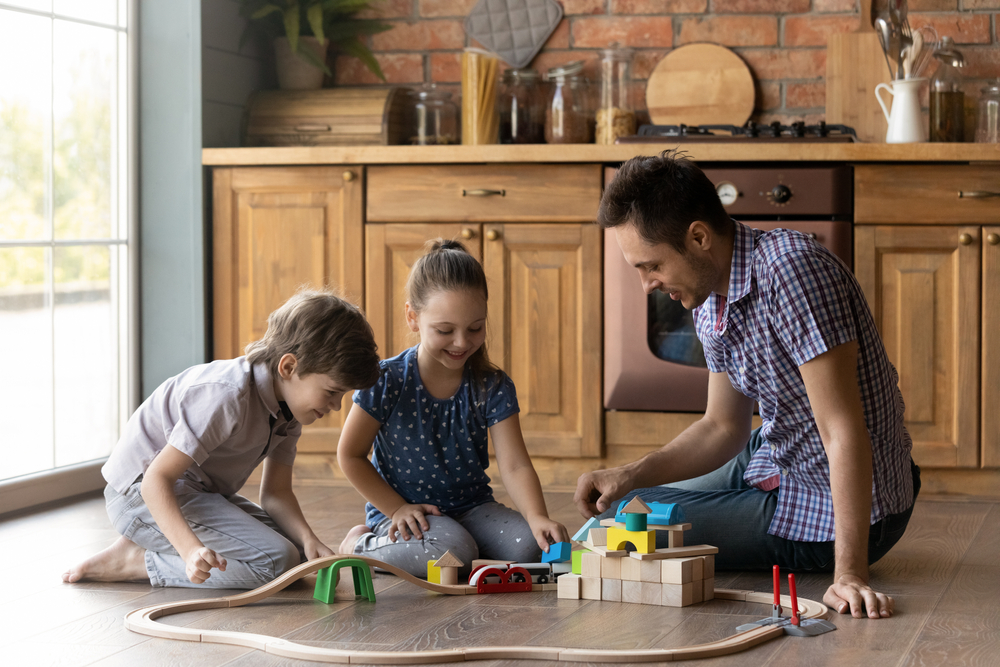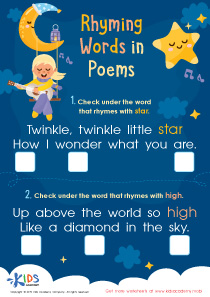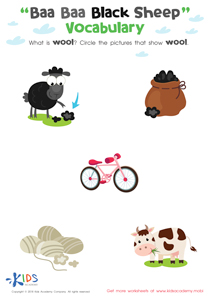Normal Building Vocabulary Worksheets for Ages 5-7 - Page 6
132 filtered results
-
From - To
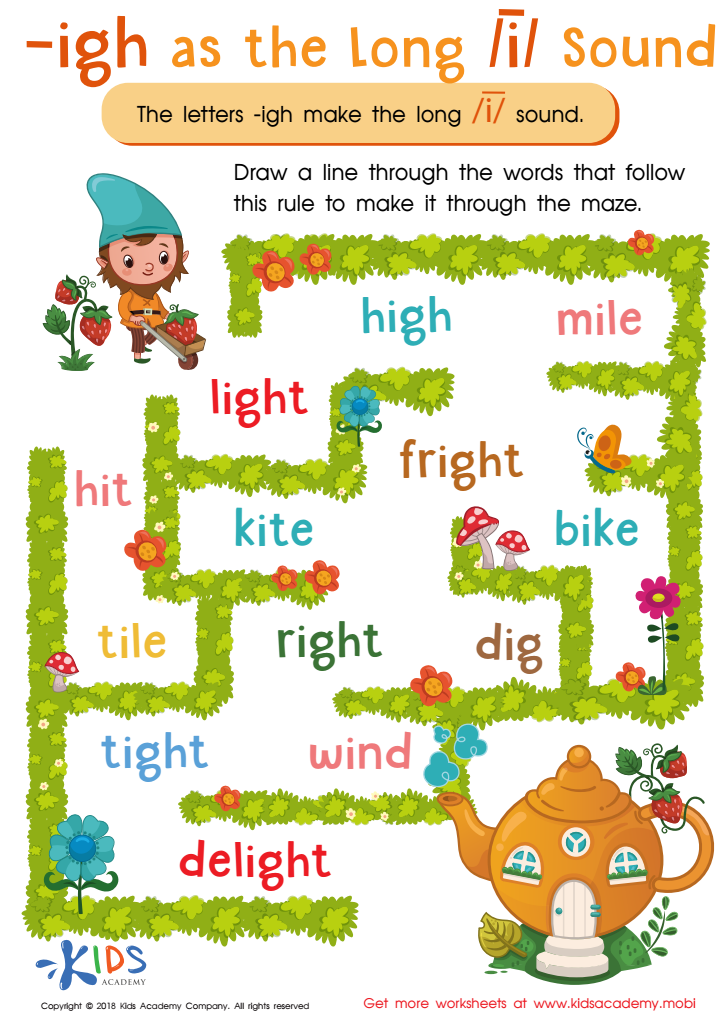

Reading: IGH as Long I Worksheet
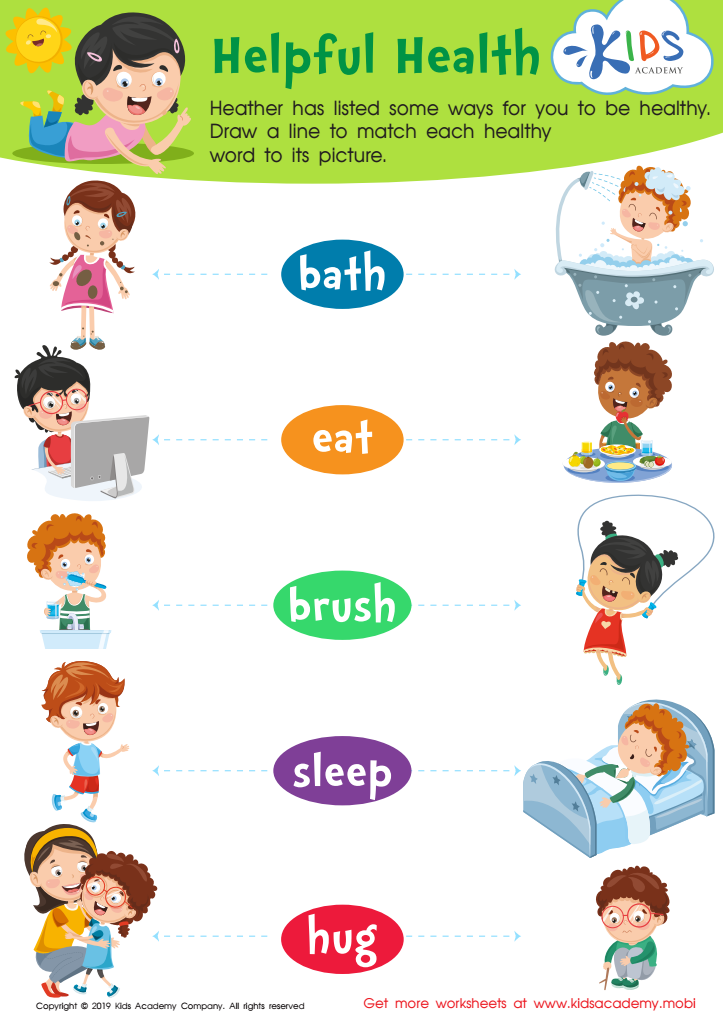

Helpful Health Worksheet
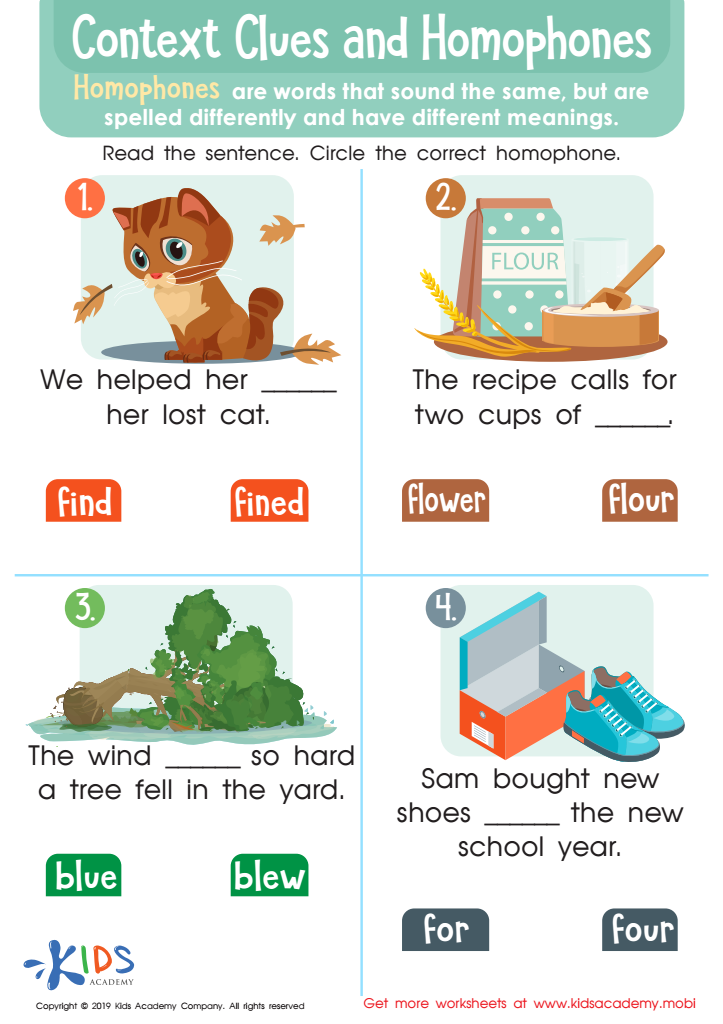

Context Clues and Homophones Worksheet
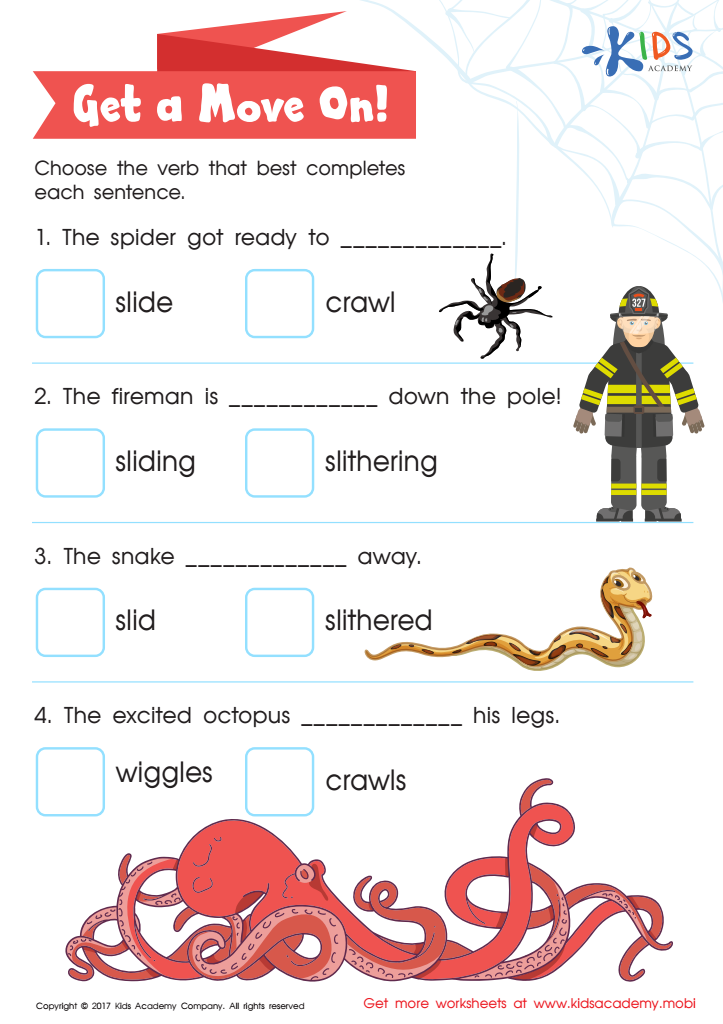

Verb Worksheet
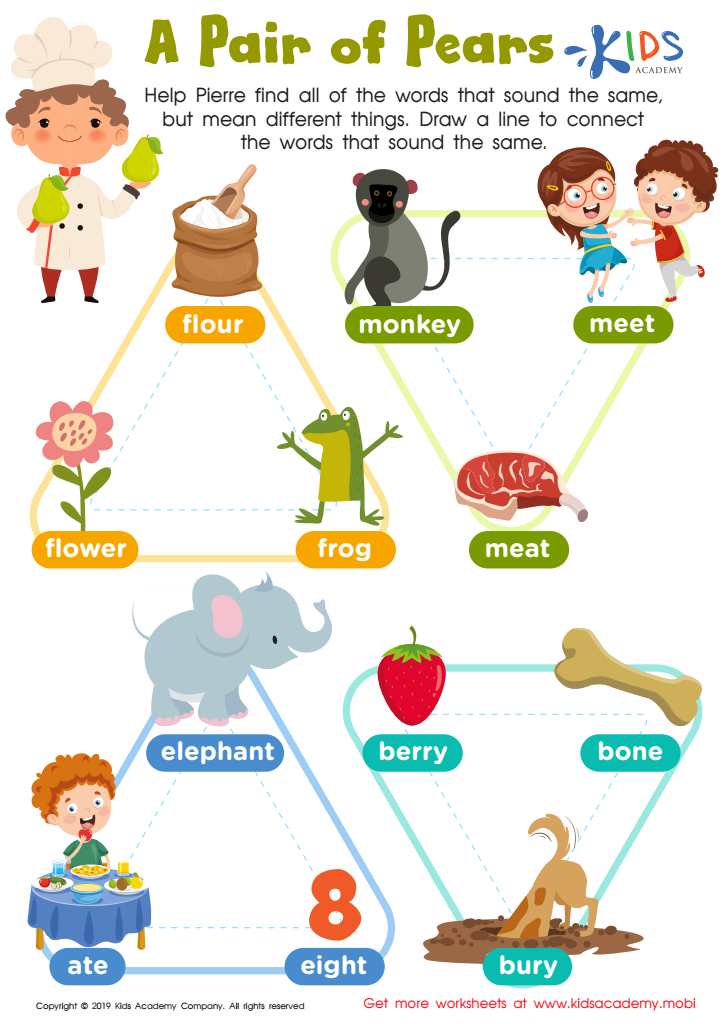

Pair Pears Worksheet
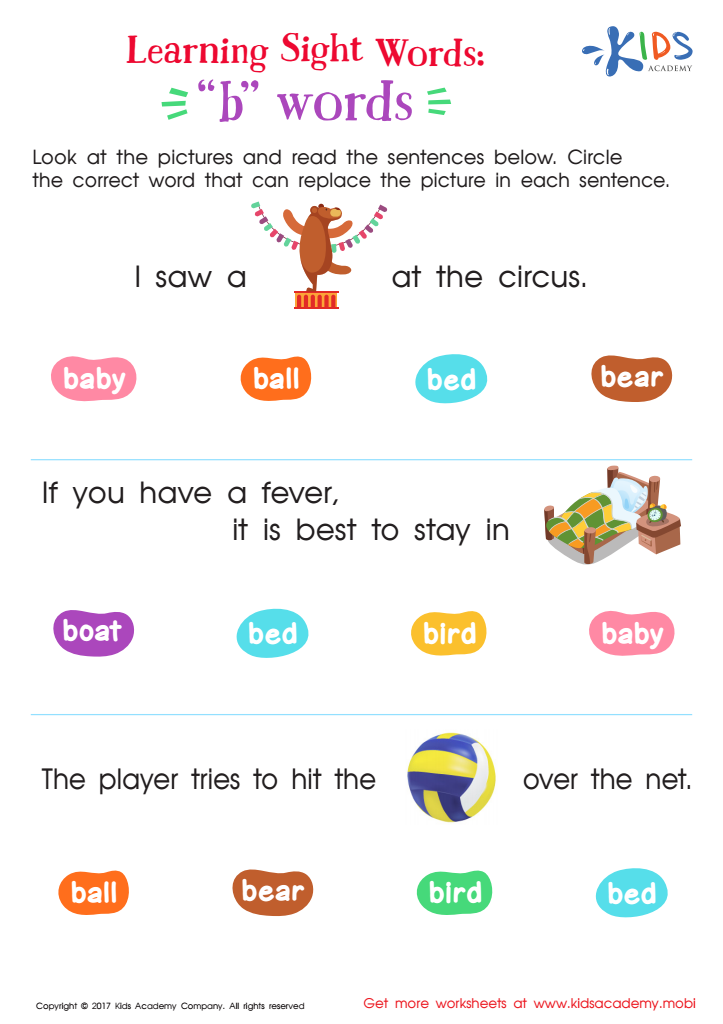

"B" Words Printable Sight Words Worksheet
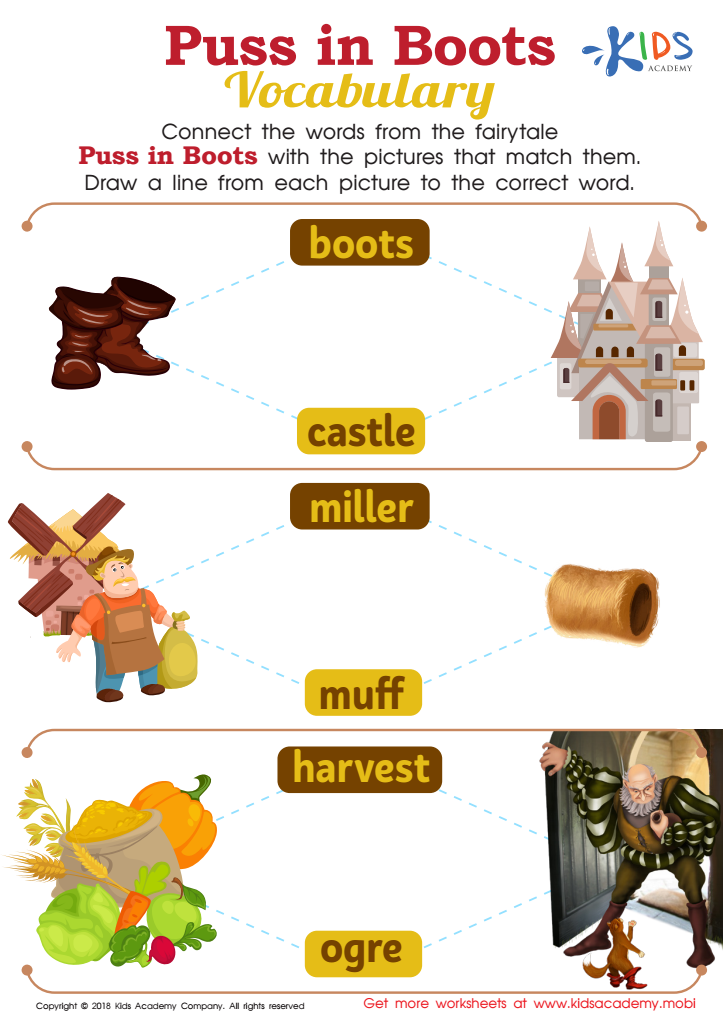

Puss in Boots Vocabulary Worksheet
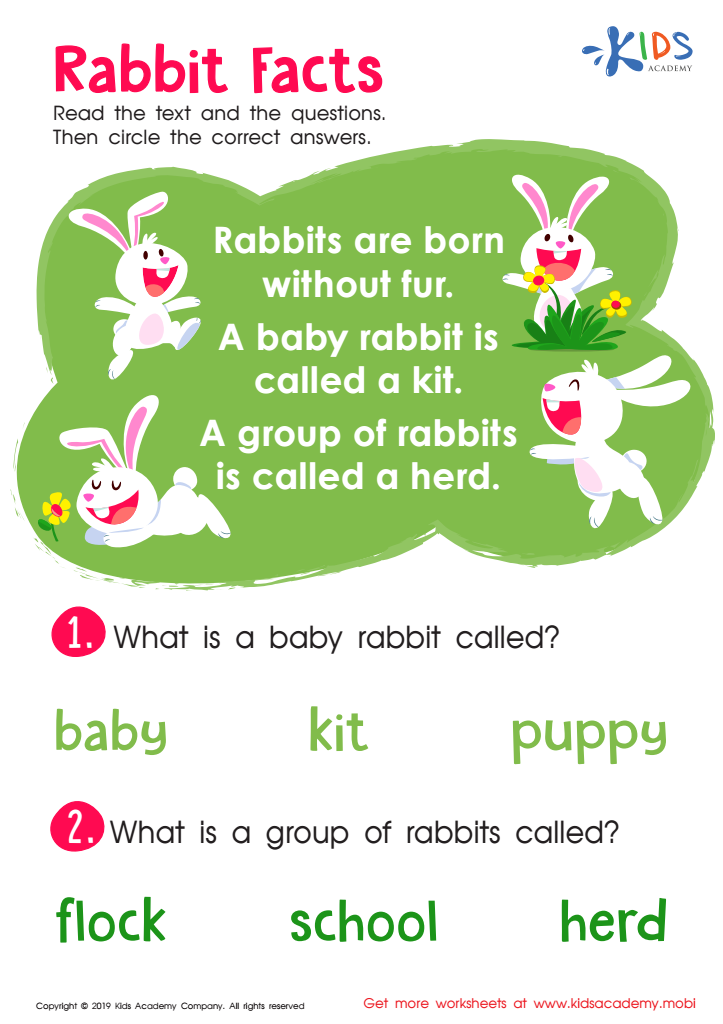

Rabbit Facts Worksheet


Sensory Words Worksheet
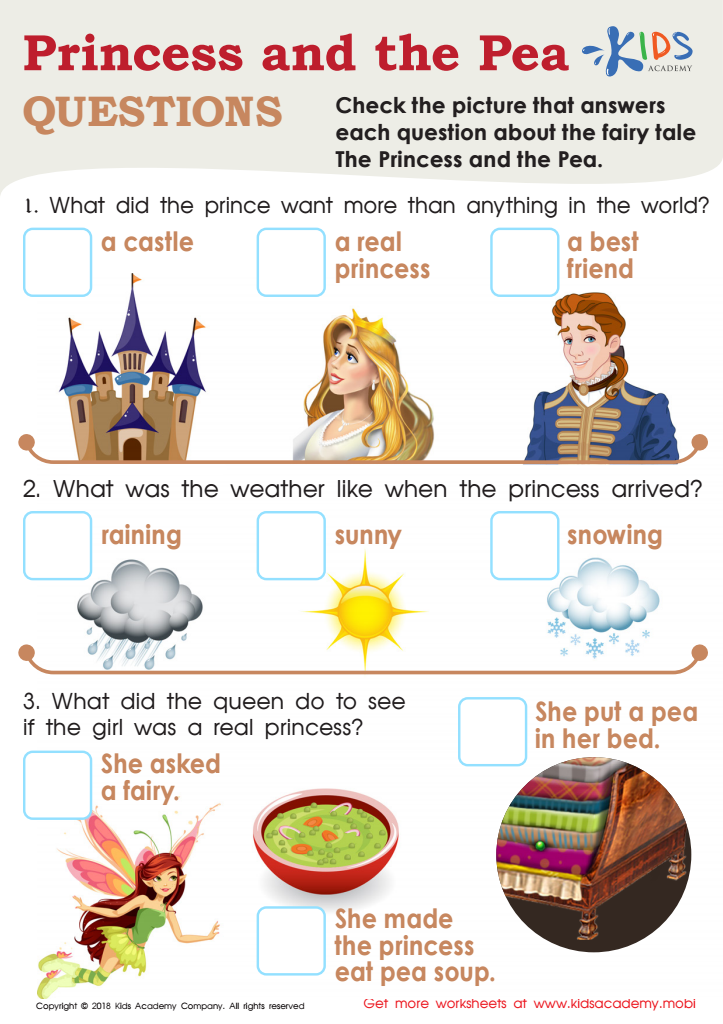

Princess and the Pea Questions Worksheet
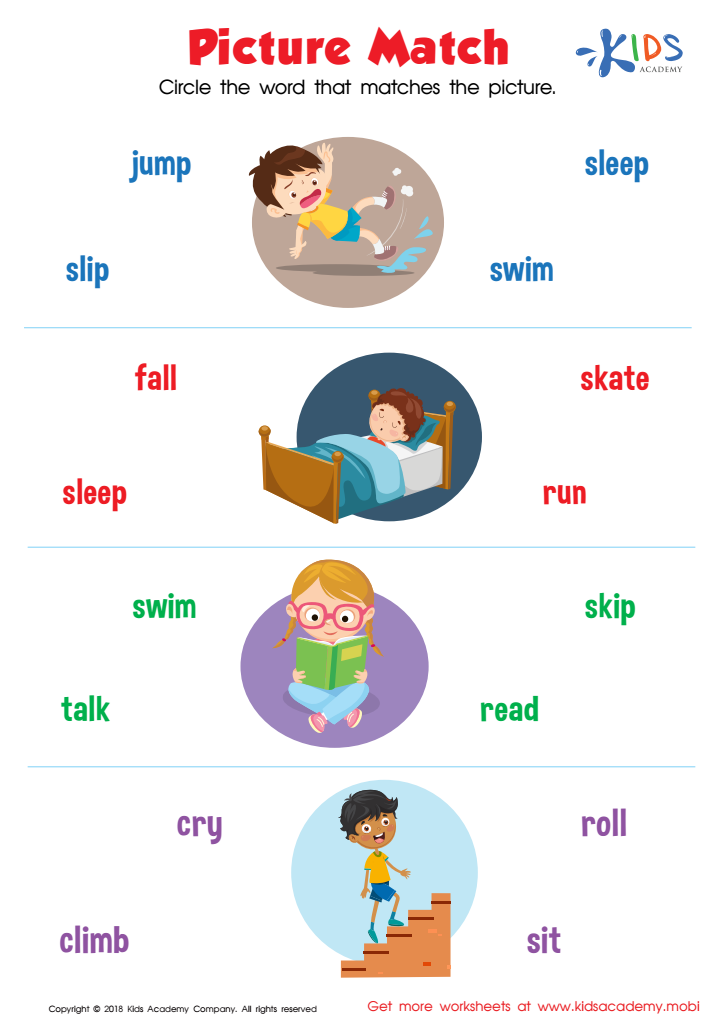

Picture Match Worksheet
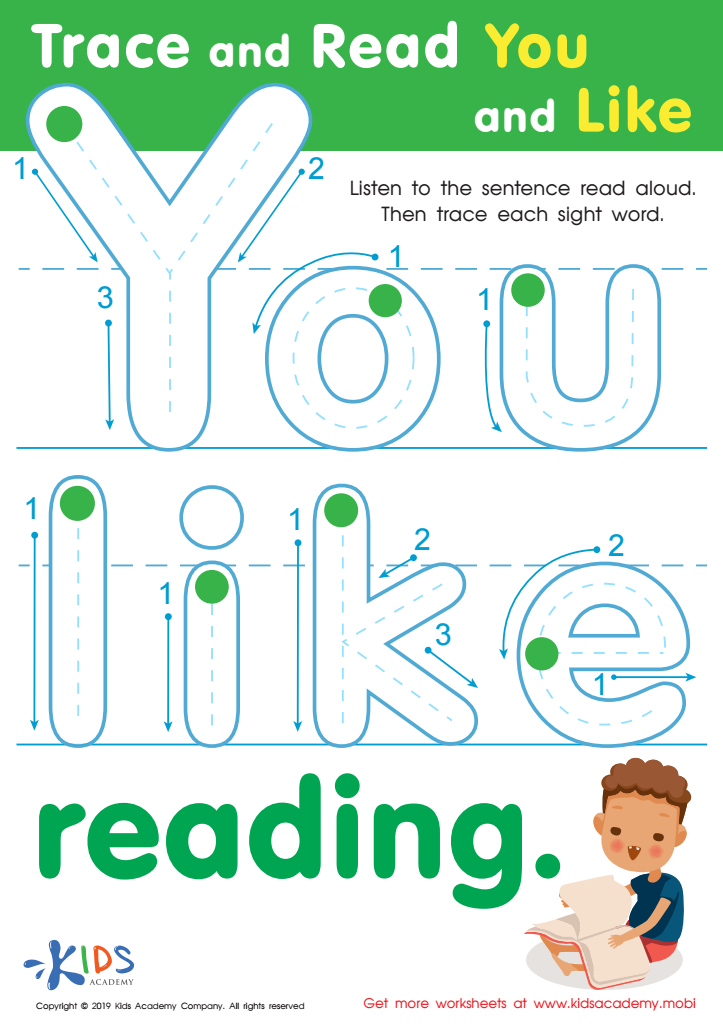

Trace Read You Like Worksheet
Building vocabulary in children aged 5-7 is crucial for several reasons that intertwine intellectual and social development. At this age, children experience rapid brain growth, making it an optimal period for vocabulary expansion. A rich vocabulary enhances reading comprehension, as children can understand and absorb more complex texts. It also fosters effective communication skills, enabling youngsters to express themselves clearly and assertively.
Moreover, vocabulary development is foundational for academic success. Students with a broader word knowledge are better equipped to grasp lessons across all subjects, from math to science. This expanded understanding bridges learning and critical thinking skills, promoting a deeper engagement with their educational environment.
Additionally, a robust vocabulary plays a critical role in emotional development. When children articulate their feelings and needs precisely, they navigate social interactions more smoothly, thereby building stronger relationships and minimizing frustrations.
For parents and teachers, investing time in enhancing a child’s vocabulary—from engaging in conversations to reading together—opens doors to lifelong learning and curiosity. It sets the stage for future academic achievements and well-rounded personal growth, establishing a solid foundation where aspirations for knowledge flourish.

 Assign to My Students
Assign to My Students
